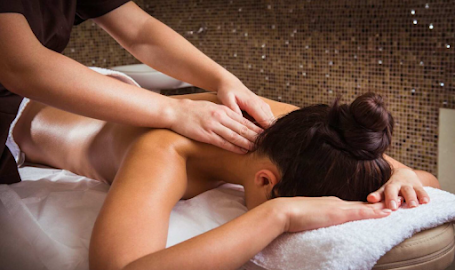홈타이
**Why Home Thai Massages Became Popular Among Korean Adult Males**
In recent years, home Thai massages have surged in popularity among South Korean adult males, particularly those aged 30–50. This trend reflects a blend of cultural shifts, evolving health priorities, and practical demands unique to modern Korean society.
### **1. Work-Related Stress and Physical Strain**
Korean corporate culture is notorious for long working hours, desk-bound jobs, and high stress levels. Many men experience chronic musculoskeletal issues—stiff necks, shoulder pain, and lower back strain—due to poor posture and sedentary lifestyles. Traditional Thai massage, which combines acupressure, stretching, and energy-line therapy, offers targeted relief for these ailments. Unlike spa sessions that require travel, home services provide immediate convenience, allowing men to decompress without disrupting their packed schedules.
### **2. Privacy and Comfort**
Korean men often prioritize privacy due to societal expectations of stoicism. Visiting a public spa or clinic might feel stigmatizing, as admitting to physical vulnerability can clash with traditional masculinity norms. Home Thai massages eliminate this barrier by offering discreet, personalized care in a familiar environment. This privacy also aligns with Korea’s growing “wellness at home” trend, accelerated by COVID-19, which normalized in-house health services.
### **3. Shift in Masculinity Perceptions**
Younger generations are redefining masculinity to embrace self-care. Influenced by global wellness trends and social media, men now openly seek therapies for mental and physical well-being. Thai massage, recognized as a UNESCO-listed cultural heritage, carries legitimacy as a holistic healing practice rather than a luxury indulgence. This perception appeals to health-conscious men who value both efficacy and cultural authenticity.
### **4. Avoidance of Social Stigma**
In Korea, certain massage parlors are stereotypically associated with adult entertainment. Home services, delivered by certified therapists (often advertised via platforms like **Naver** or **KakaoTalk**), are perceived as professional and therapeutic. This distinction reassures clients seeking ethical, health-focused care.
### **5. Affordability and Accessibility**
The gig economy has expanded access to freelance therapists offering competitive rates (₩50,000–₩100,000 per session). Apps like **Myeongtae** or **HeyMassage** enable easy booking, catering to time-strapped professionals. For many, this cost is justified by the dual benefits of pain relief and stress reduction.
### **6. Media Influence and Peer Recommendations**
Celebrities and influencers often share their positive experiences with Thai massage on social media, normalizing its use among men. YouTube tutorials and blog reviews further highlight its benefits, fostering trust and curiosity.
### **Conclusion**
The rise of home Thai massages among Korean men underscores a broader societal shift—where health, convenience, and redefined masculinity converge. As work-life balance remains elusive, these services offer a pragmatic solution to urban stressors. With Korea’s wellness market projected to grow annually by 15% (2023–2030), home Thai massage is poised to remain a staple in men’s self-care routines, blending ancient therapy with modern demand for personalized well-being.




Comments
Post a Comment